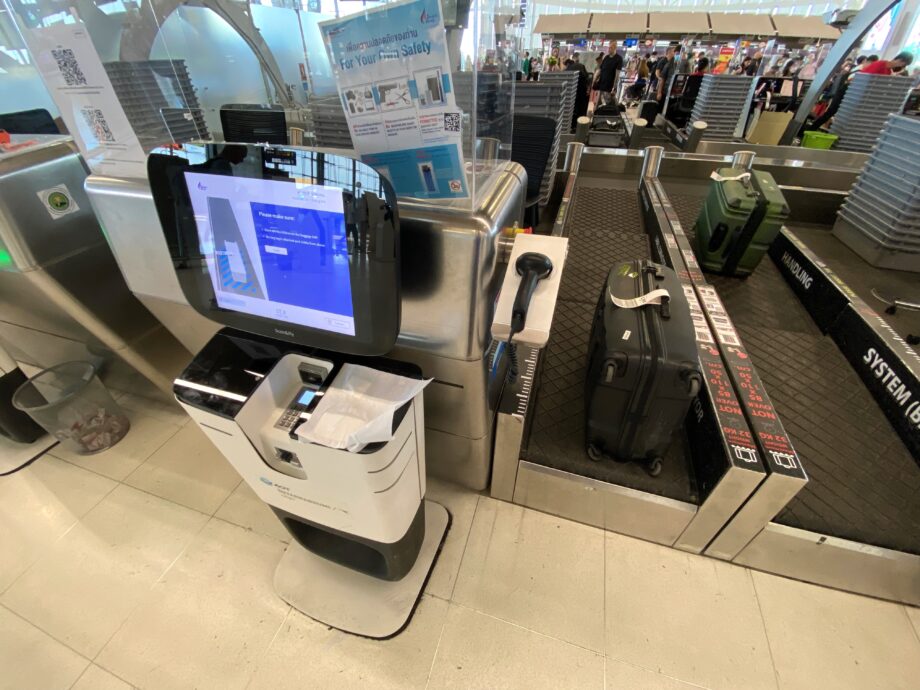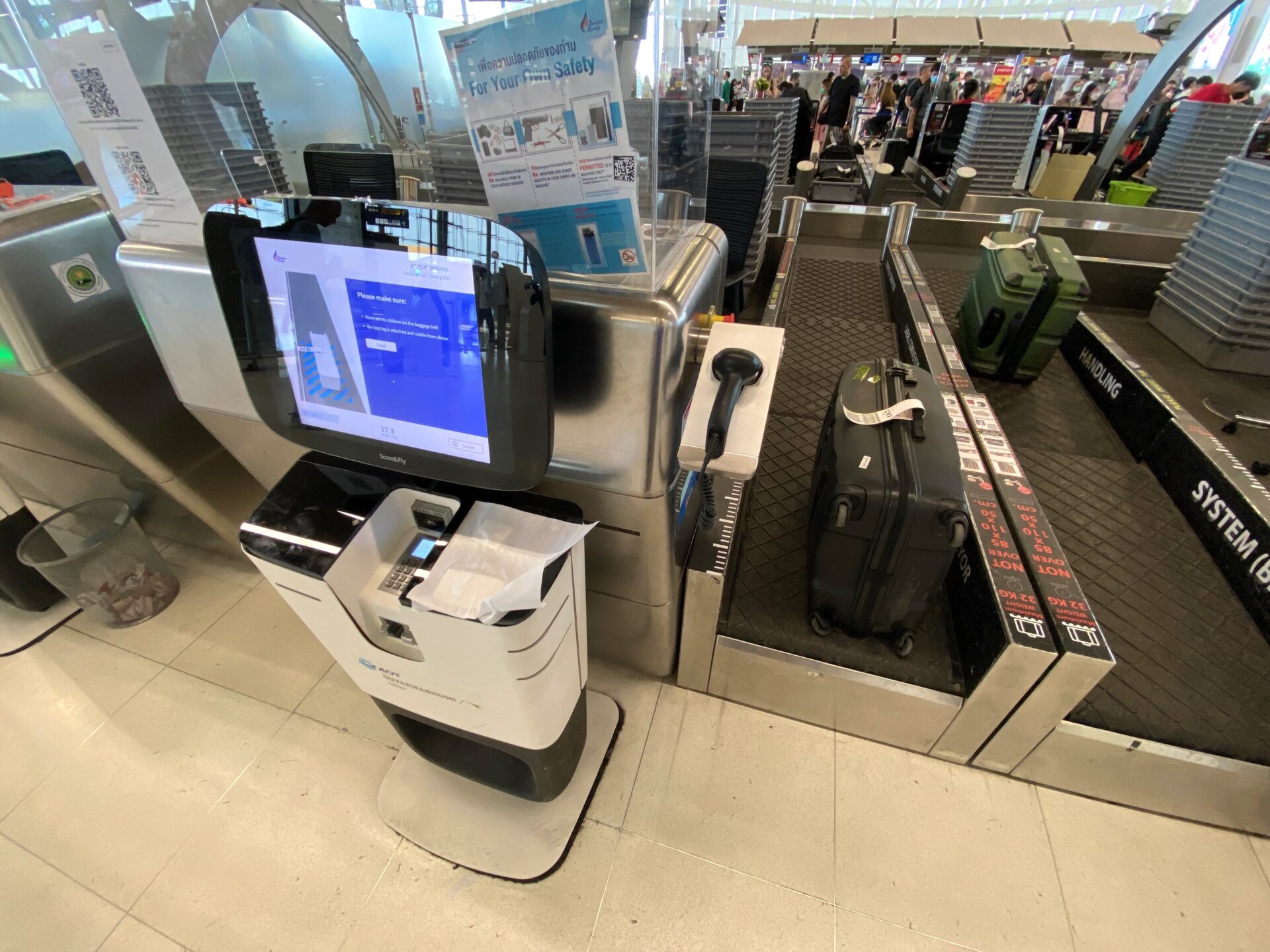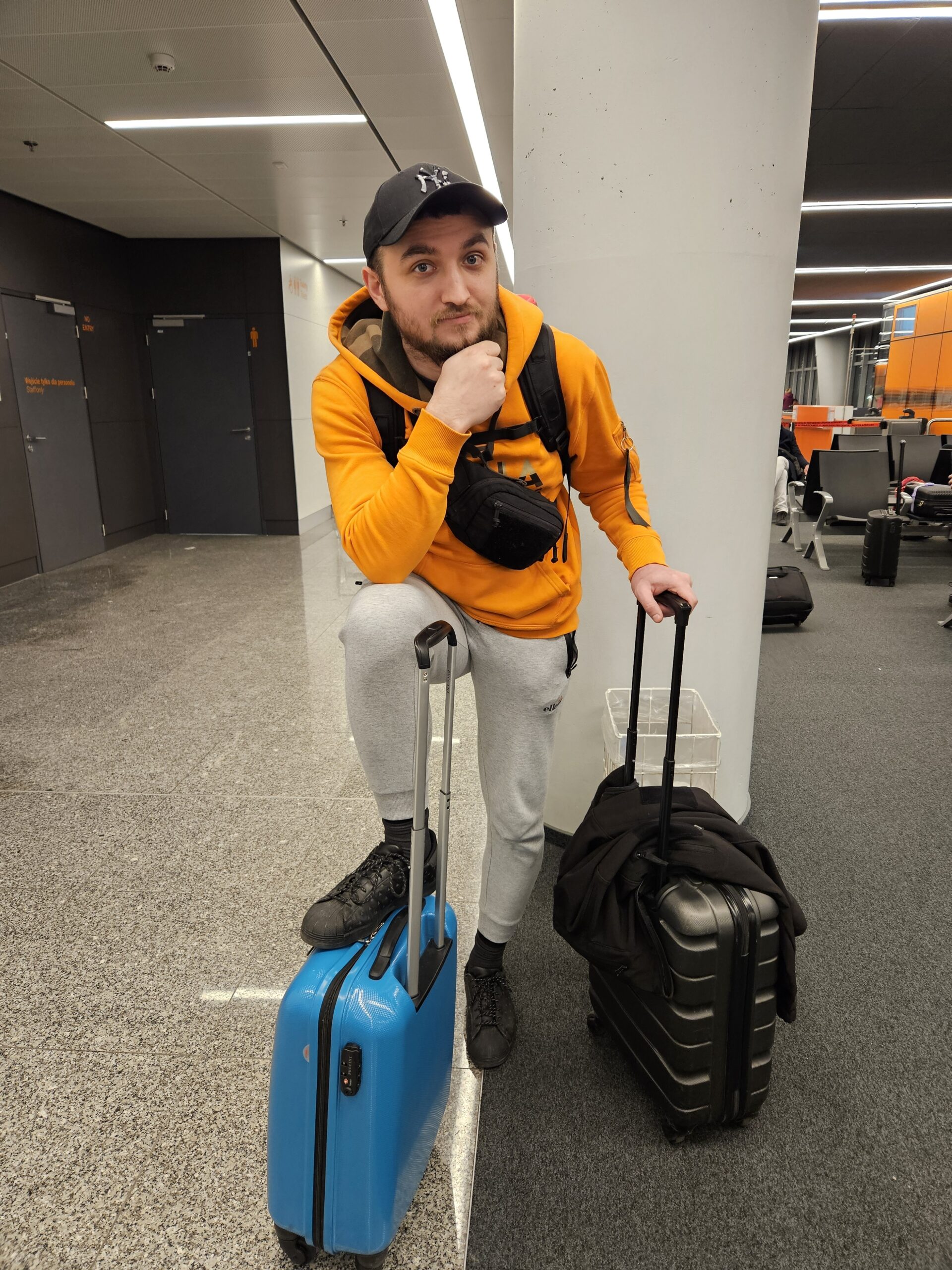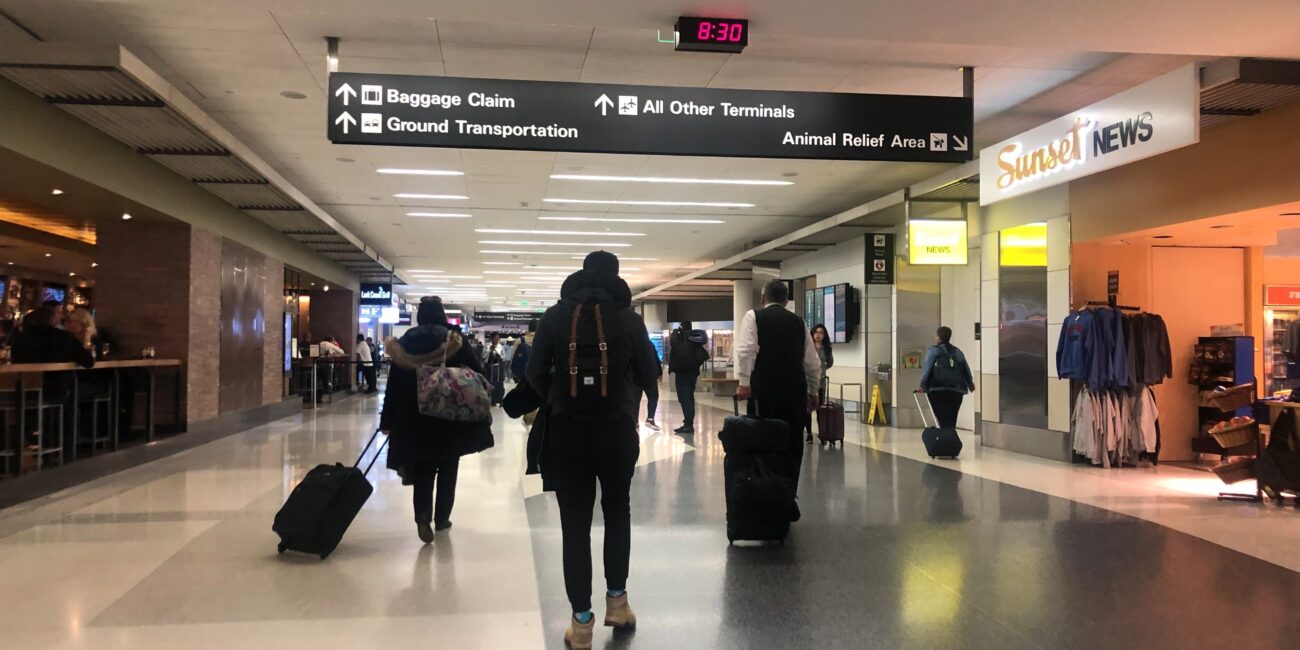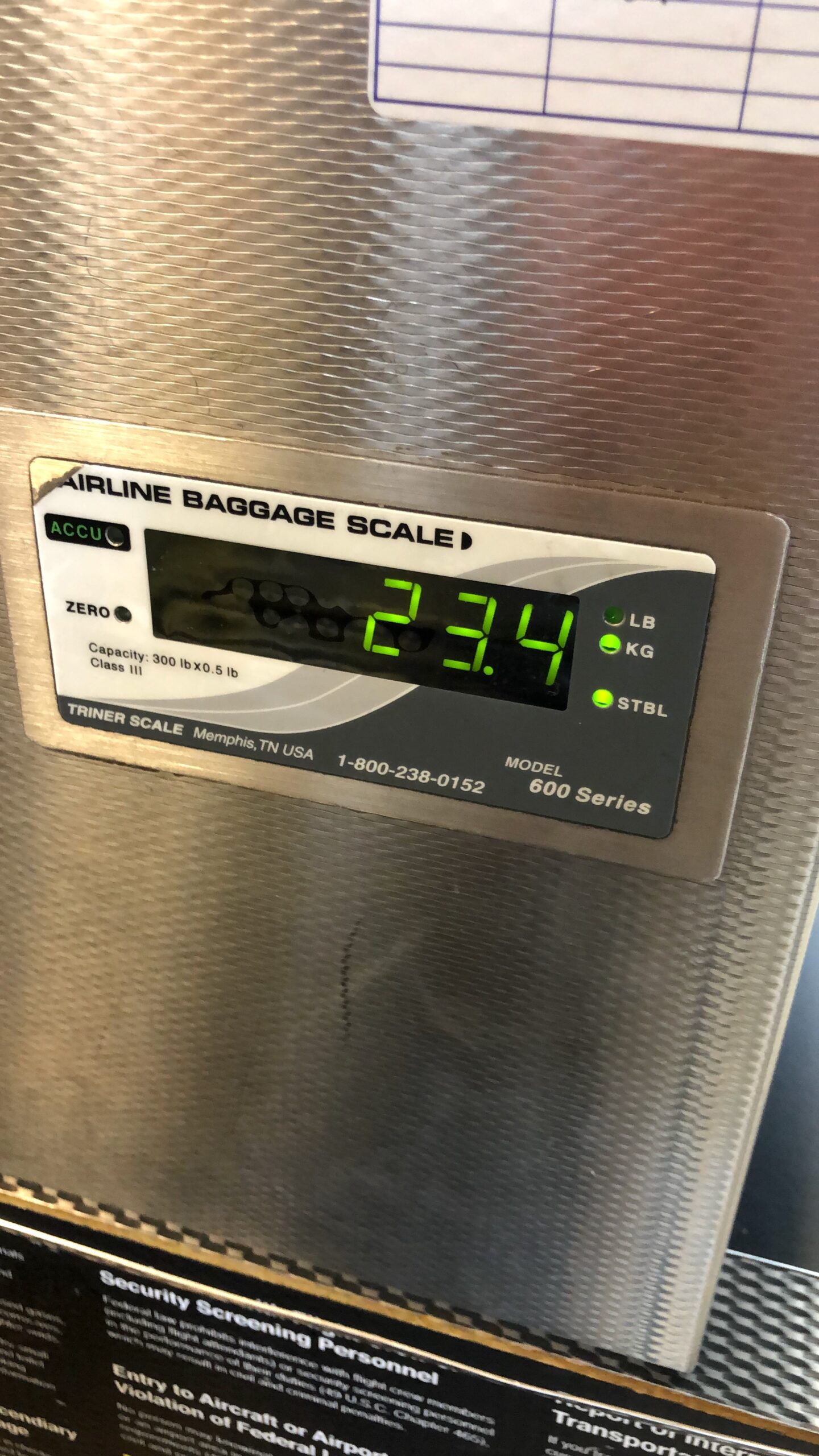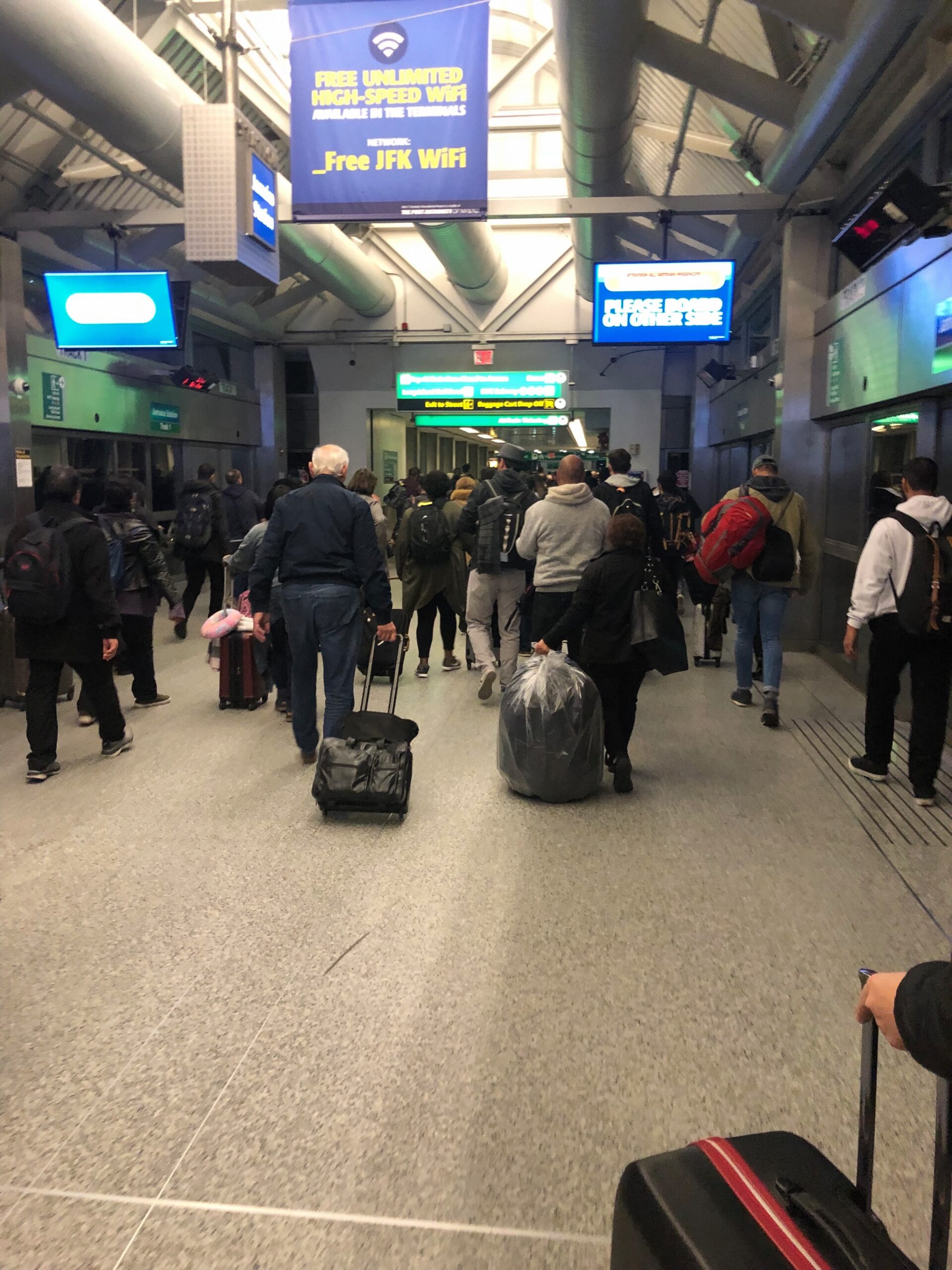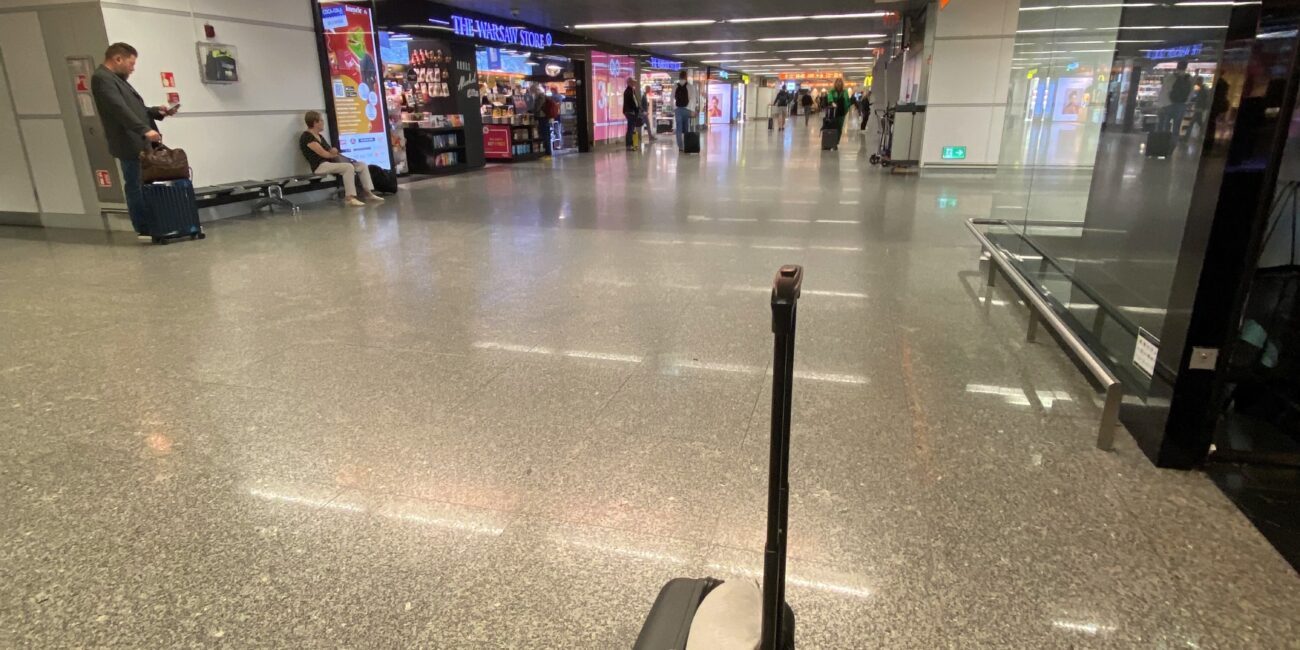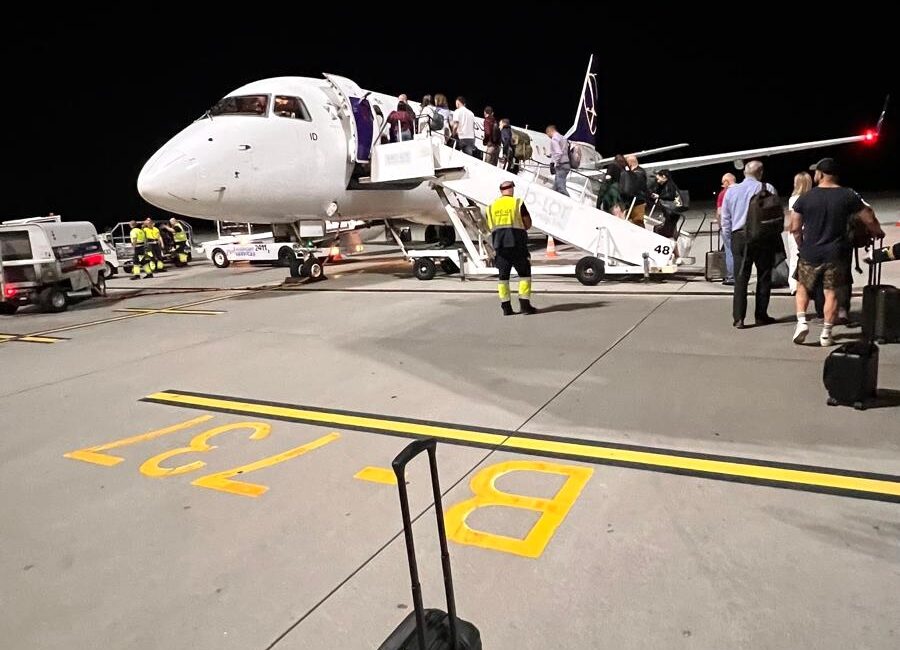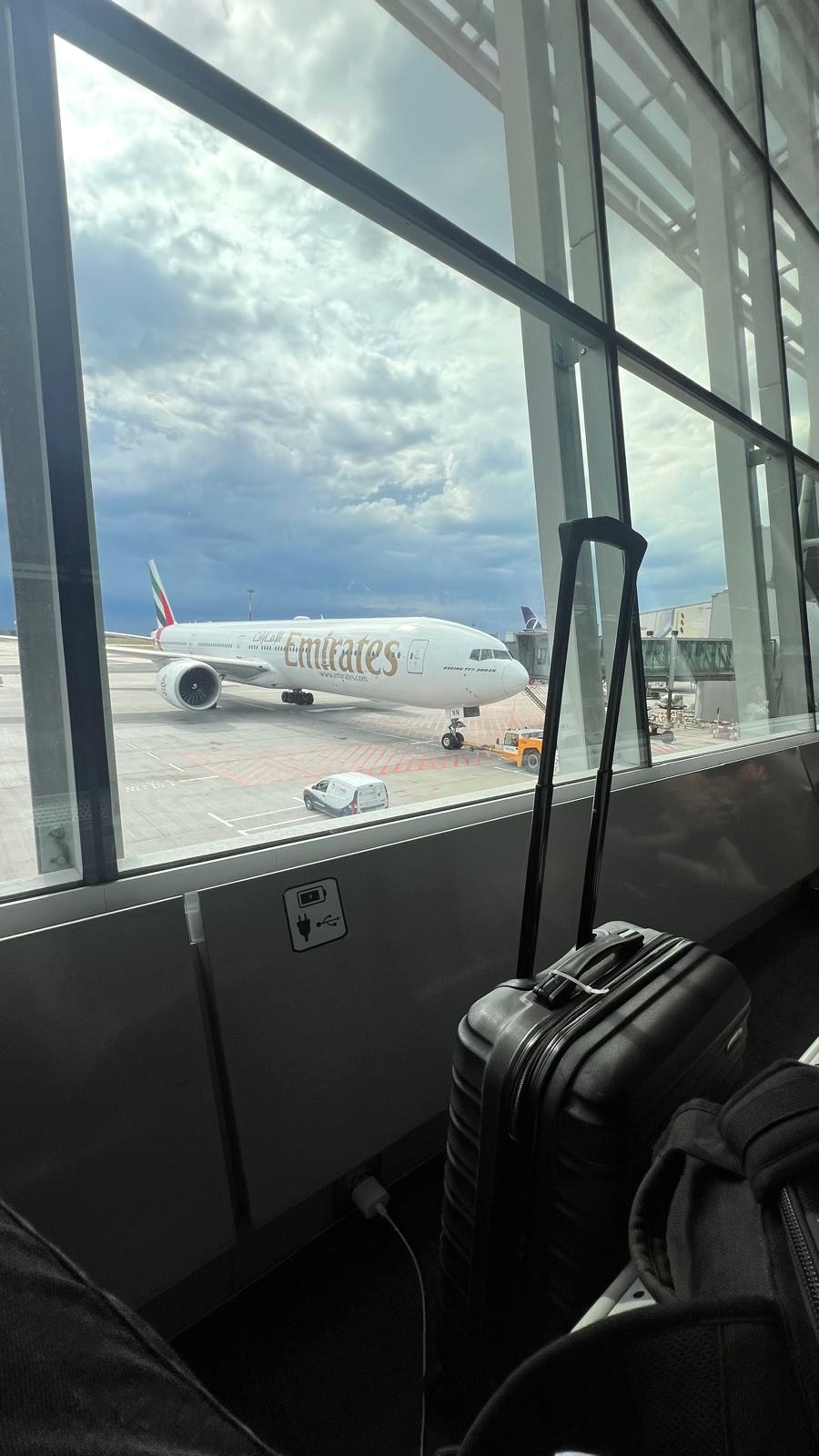This post is also available in:
Polski
Hello! 👋
Imagine you’ve just landed after a long flight, feeling tired but excited for your journey. You stand by the luggage carousel, watching other passengers pick up their bags one by one, but yours doesn’t appear. The belt finally stops, and worst-case scenarios begin running through your mind. Your luggage is missing. What do you do next?
In a moment like this, it’s hard to stay calm, but fortunately, there are procedures in place to help you recover your belongings or receive compensation. How do you go about it? Let us guide you through the steps, one by one.
Even before you travel…
Before your trip, consider getting travel insurance. It doesn’t just help with lost luggage; it primarily protects your health and life in emergencies like accidents or illnesses. Health protection abroad is essential, and travel insurance provides peace of mind by ensuring coverage for unexpected situations.
When managing your luggage, consider adding a Bluetooth tracker, like an AirTag. Unlike GPS, a Bluetooth tracker uses nearby phones to locate your bag when it’s within range. This allows you to quickly check where your luggage was last detected, helping to speed up the recovery process.
Before closing your suitcase, take photos of everything you’re packing and keep receipts for valuable items. If your luggage goes missing, these photos and receipts serve as solid proof of what was packed, making it easier to file a compensation claim. Documenting your belongings and keeping proof of purchase speeds up the process and reduces the likelihood of disputes with the airline or insurance company.
Checked luggage vs. carry-on – what does it mean?
- Checked luggage is the suitcase you hand over during check-in at the airport. It is transported in the airplane’s cargo hold. Typically, it has specific weight and size limits that vary depending on the airline and travel class. It’s important not to pack valuable items in your checked luggage, as you won’t have access to it during the flight.
Carry-on luggage is a small bag or backpack that you bring on board the airplane. It must meet specific weight and size limits since it stays with you during the flight. You should keep valuable items, electronics, documents, and essentials in your carry-on in case your checked luggage gets lost or delayed.
No suitcase at the carousel – what should I do next?
As each minute passes, your anxiety grows – what now? You’re not alone in this situation. Fortunately, you can take proven steps to respond quickly and effectively.
🛄 Double-check if all the luggage is unloaded
Before you start worrying, make sure you’re at the right baggage carousel. The screen above or next to the carousel will show which flight it’s serving. Sometimes, bags haven’t been unloaded yet – especially during busy periods at the airport. Delays can last up to 30-40 minutes. It’s a good idea to stay patient and keep an eye on the situation.
👀 Check if all passengers have already picked up their luggage
Once you’re sure you’re at the correct carousel, look around to see if most passengers have already left. It’s worth checking if someone might have accidentally taken your suitcase – this happens more often than you’d think. Black suitcases, in particular, can look very similar, and after a long journey, it’s easy for someone to make a mistake. Always keep an eye on your belongings and make sure no one has mistakenly taken your bag.
📱 Make sure you have a locator in your suitcase
If your suitcase is definitely missing and you’ve placed a tracker like an AirTag inside, it’s time to grab your phone. Check where the tracker last pinged – you might be able to see if your luggage is still at the airport, on the plane, or already moving in the wrong direction. This is a great tool that can help you quickly locate your lost suitcase and get it back faster.
📋 Report missing luggage
If your luggage is definitely missing, head to the Lost & Found office at the airport. Keep in mind that it won’t always be the airline’s own counter. More often than not, it’s managed by handling agents who represent various airlines at that airport. Each airline works with specific handling agents responsible for assisting passengers, including dealing with lost luggage. These agents will help you file the necessary reports and begin the process of locating your baggage.
How can you find out who handles your airline? This information is usually available in materials provided at the airport or on information boards in the baggage claim area. You can also ask airport staff to point you to the right counter. After reporting your missing luggage, you’ll receive written confirmation – usually in the form of a Property Irregularity Report (PIR) or Damage Report. This is a crucial document that you’ll need for any future claims or compensation requests.
🎫 Keep the luggage tag
Don’t discard the luggage tag attached to your boarding pass. It’s essential proof for the claims process. As a precaution, take a picture of it—just in case your cat suddenly decides to nibble on the paper!
✍️ Written report to the flight carrier
If the airline didn’t send your luggage on the correct flight, you’ll need to file a formal claim. Many airlines now offer faster communication options, like WhatsApp, to speed up the process. You can also use the contact form on their website or call customer service.
In most cases, the airline will arrange delivery of your luggage. However, it’s smart to confirm this in writing. Include your flight number, the report details, and explain that your luggage was left at another airport. Ask for an update and an estimated delivery time. While these issues are often resolved quickly, documenting everything ensures a smoother process.
If your luggage is truly lost, you’ll need to submit a compensation claim. You usually have 21 days from when the loss is confirmed. Check the airline’s website for exact details. In your claim, describe the situation, include the report number, and any relevant flight or baggage details. Attach copies of your tickets, baggage tags, and receipts for any items in your luggage. Make sure the airline receives the claim, and keep copies of everything in case you need to follow up.
Luggage is missing and I am without underwear on vacation – super vacation!
If your luggage is lost and you’re left on vacation without your essential items, don’t despair – there are ways to minimize the inconvenience. First, check your travel insurance. Many policies cover situations where luggage is lost or delayed, offering compensation for necessary items like clothes or toiletries to help you get by while your luggage is being located.
Secondly, if you need to buy underwear or other essential items, make sure to keep all receipts. The airline is obligated to cover the cost of necessary purchases, up to the limits set by regulations. Under the Montreal Convention, the maximum compensation for lost luggage is about 1,288 SDR (Special Drawing Rights), which is roughly 6,000 PLN, but it’s important to verify the specific limits in your case. Unfortunately, purchasing a used Thermomix won’t qualify as an essential item!
Remember, these costs must be reasonable and directly related to the loss of your luggage, so be sure to keep all receipts as proof when filing your compensation claim. This documentation will be crucial in ensuring you get reimbursed for necessary purchases.
🤔 Special Drawing Rights (SDR)? What’s that?!
he International Monetary Fund (IMF) uses Special Drawing Rights (SDR) as an international unit of account, which also helps calculate compensation for lost luggage under the Montreal Convention. The value of SDR fluctuates daily, but airlines can offer compensation of up to 1,288 SDR for lost baggage, roughly 1,700 USD at the time of writing. To recover these costs, make sure to provide all receipts for essential purchases, as this amount represents the upper limit for compensation.
But I packed my diamonds and MacBook…
If you’ve packed items like jewelry, electronics, or other valuable possessions in your checked luggage, remember that airlines aren’t responsible for the loss of high-value items in checked bags. Most airlines have exclusions in their policies regarding compensation for such valuables, including diamonds, laptops, or important documents. Always check the airline’s regulations and keep valuable items in your carry-on, where they remain under your supervision throughout the flight.
If such items go missing, the airline will not compensate you, as these types of valuables should be carried in your hand luggage. Responsibility for the loss or damage of these items rests with the passenger. Therefore, always keep valuable possessions, electronics, and important documents with you in your carry-on to avoid unpleasant situations and difficulties in recovering their value.
For more information on consumer rights, visit the European Consumer Center website.
Here are useful links to the carriers’ websites, where you can find detailed information on travel baggage rules:
From a traveler’s life
📌 Be sure to read our article on delayed flight compensation ✈️ – there you will find practical advice on how to successfully claim your rights.
📌 What about in case of damaged luggage? Carriers are required to cover the damage, but be sure to report the problem immediately when you pick up your luggage and document the damage.
📌 If your flight was delayed or canceled, or perhaps you were affected by an airline strike, it’s worth checking to see if you’re entitled to compensation. Use AirHelp or AirCashBack to quickly and easily verify if you are entitled to compensation. Both platforms will help you through the process of claiming compensation – you don’t have to worry about the formalities, and getting your money back may be easier than you think!

